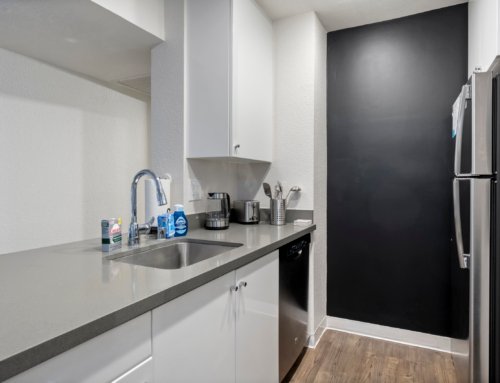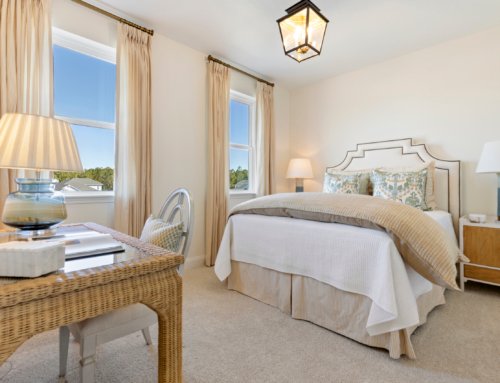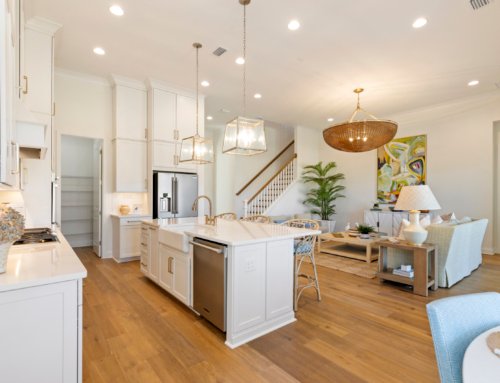
5 Tips for Real Estate Photographers: How to Capture Stunning Property Photos
Real estate photography is a specialized field that requires a unique set of skills and techniques to capture the essence of a property. As a real estate photographer, your primary goal is to showcase the property in the best possible light, highlighting its features and showcasing its potential to potential buyers. In this blog post, we will explore five tips that can help real estate photographers create stunning and captivating property photos.
Understanding the Importance of Real Estate Photography
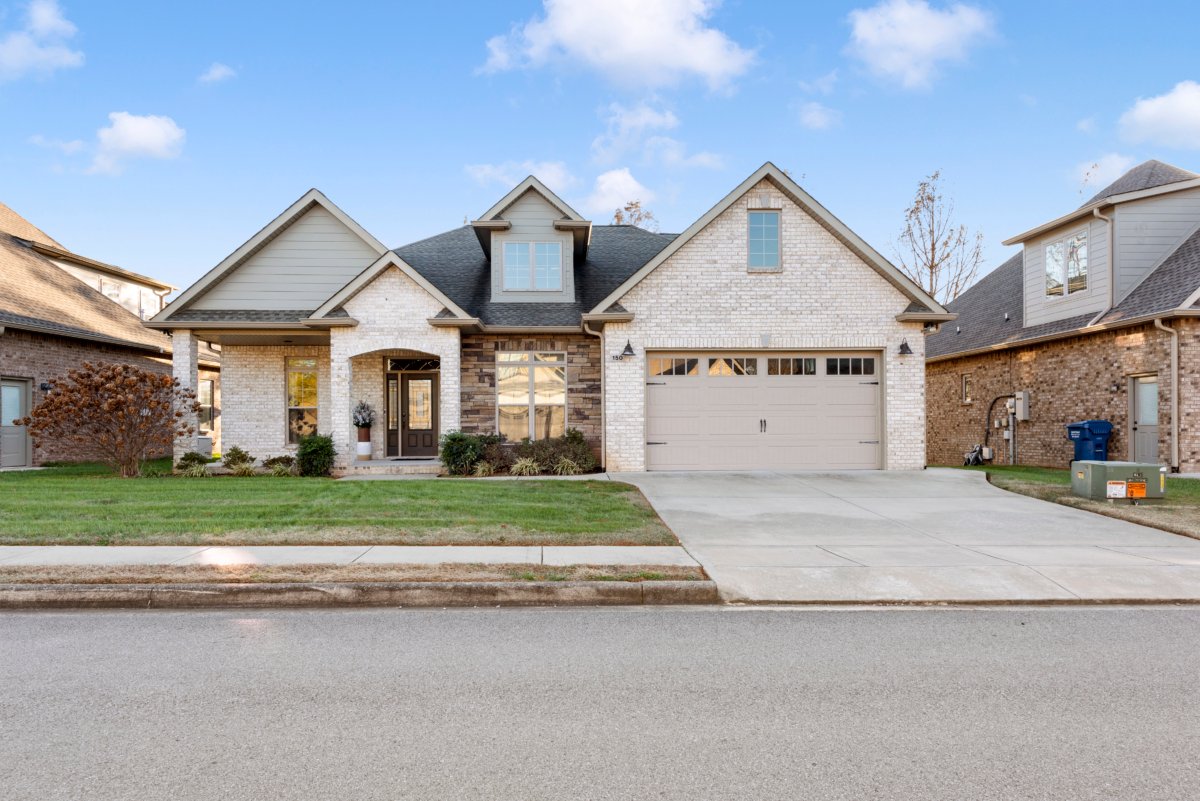
Real Estate Photographers
Real estate photography is a crucial component of the home-buying process. Potential buyers often form their first impressions of a property based on the images they see online or in marketing materials. High-quality, visually appealing photographs can help a property stand out from the competition and attract more potential buyers. Conversely, poorly executed photos can deter buyers and make a property appear less desirable.
Mastering Lighting Techniques
One of the most important aspects of real estate photography is understanding how to use lighting effectively. Proper lighting can enhance the natural beauty of a property, highlighting its best features and creating a warm, inviting atmosphere. When photographing a property, it’s important to consider the time of day, the direction of natural light, and any artificial lighting sources that may be available.
- Utilize Natural Light: Whenever possible, try to take advantage of natural light. Open curtains and blinds to allow as much natural light as possible to enter the room. Experiment with different angles and positions to capture the most flattering and evenly distributed lighting.
- Supplement with Artificial Light: In cases where natural light is insufficient or creates unflattering shadows, use artificial lighting sources such as lamps, strobes, or reflectors to fill in the gaps. Carefully position and adjust the lighting to create a balanced and harmonious effect.
- Manage Shadows and Highlights: Pay close attention to the way light interacts with the property’s features. Avoid harsh shadows or blown-out highlights that can distract from the overall appeal of the space. Use techniques like fill lighting or reflectors to soften shadows and balance the exposure.
Mastering Composition and Framing
Effective composition and framing are essential for creating visually compelling real estate photographs. The way you frame and compose your shots can greatly influence the viewer’s perception of the property.
- Utilize the Rule of Thirds: The rule of thirds is a widely recognized compositional technique that can help you create more visually pleasing and balanced images. Imagine dividing the frame into nine equal parts with two horizontal and two vertical lines. Place the most important elements of the scene along these lines or at the intersections to create a more dynamic and engaging composition.
- Emphasize Unique Features: Identify the unique features or selling points of the property and use your composition to highlight them. This could involve framing the shot to showcase an impressive fireplace, a beautiful view, or a well-designed kitchen.
- Capture Architectural Details: Pay attention to the architectural details of the property, such as intricate moldings, unique doors or windows, or distinctive architectural styles. These details can add depth and character to your photographs and help potential buyers appreciate the property’s unique qualities.
Mastering Outdoor Photography Techniques
Capturing the exterior of a property is just as important as photographing the interior. Outdoor real estate photography requires a different set of techniques and considerations to ensure the property is presented in the best possible light.
Timing is Everything
The time of day can significantly impact the quality and mood of your outdoor real estate photographs. Consider the position of the sun and how it will affect the lighting and shadows throughout the day.
- Shoot at the Golden Hour: The golden hour, which refers to the first and last hour of daylight, can create a warm, flattering glow that enhances the property’s exterior. Aim to shoot during these times to capture the best natural lighting.
- Avoid Harsh Midday Sun: Midday sun can create harsh shadows and unflattering highlights, which can make it challenging to capture the property’s features. Try to avoid shooting during the middle of the day, if possible.
- Utilize Overcast Conditions: Overcast skies can provide a more even, diffused lighting that can be beneficial for outdoor real estate photography. The lack of harsh shadows and highlights can help showcase the property’s exterior details more effectively.
Capturing the Entire Property
When photographing the exterior of a property, it’s important to capture the entire property, including the front and back yards, any outbuildings, and the surrounding landscape.
- Use Wide-Angle Lenses: Wide-angle lenses can help you fit more of the property into the frame, allowing you to showcase the full scope of the exterior. This can be particularly useful for capturing the front of the house and the surrounding landscape.
- Capture Multiple Angles: Try to capture the property from different angles and perspectives to provide a comprehensive visual representation. This can include shots of the front, side, and back of the house, as well as any unique architectural features or landscaping elements.
- Consider the Surrounding Neighborhood: When photographing the exterior, be mindful of the property’s relationship to the surrounding neighborhood. Include contextual elements, such as neighboring homes, streets, or landscaping, to give potential buyers a better sense of the property’s location and setting.
Mastering Interior Photography Techniques
Capturing the interior of a property is a crucial aspect of real estate photography. The way you photograph the interior can significantly impact the viewer’s perception of the space and its potential.
Emphasize Space and Dimension
One of the primary goals of interior real estate photography is to showcase the size and dimensions of a room or space. This can be achieved through the use of various techniques.
- Utilize Wide-Angle Lenses: Wide-angle lenses can help you capture more of the room in a single frame, giving the viewer a better sense of the overall size and layout of the space.
- Employ Strategic Positioning: Carefully position yourself and the camera to capture the room from the most advantageous angles. This may involve standing in a corner or using a step ladder to gain a higher vantage point.
- Leverage Mirrors and Reflections: Incorporating mirrors and reflective surfaces into your photographs can create the illusion of depth and expand the perceived size of a room.
Highlight Key Features and Amenities
When photographing the interior of a property, it’s important to highlight the key features and amenities that potential buyers might find appealing.
- Focus on Unique Architectural Elements: Capture any distinctive architectural features, such as high ceilings, exposed beams, or unique fireplaces, that can contribute to the property’s character and appeal.
- Showcase Desirable Rooms and Spaces: Pay special attention to the most desirable rooms, such as the kitchen, bathrooms, and primary bedroom, and ensure that they are presented in the best possible light.
- Emphasize Storage and Organizational Solutions: Highlight any built-in storage solutions, closet space, or organizational features that can be valuable selling points for potential buyers.
Create a Warm and Inviting Atmosphere
In addition to showcasing the physical attributes of the property, it’s important to create a warm and inviting atmosphere in your interior photographs.
- Incorporate Lifestyle Elements: Consider adding subtle lifestyle elements, such as well-placed decor, personal touches, or people interacting with the space, to create a sense of lived-in comfort and appeal.
- Utilize Proper Styling and Staging: Work closely with the property owner or a professional stager to ensure that the interior is styled and staged in a way that showcases its best features and creates a visually appealing atmosphere.
- Avoid Clutter and Distractions: Remove any unnecessary clutter or distractions from the frame to ensure that the viewer’s attention is focused on the property’s most important elements.
Mastering Post-Processing Techniques
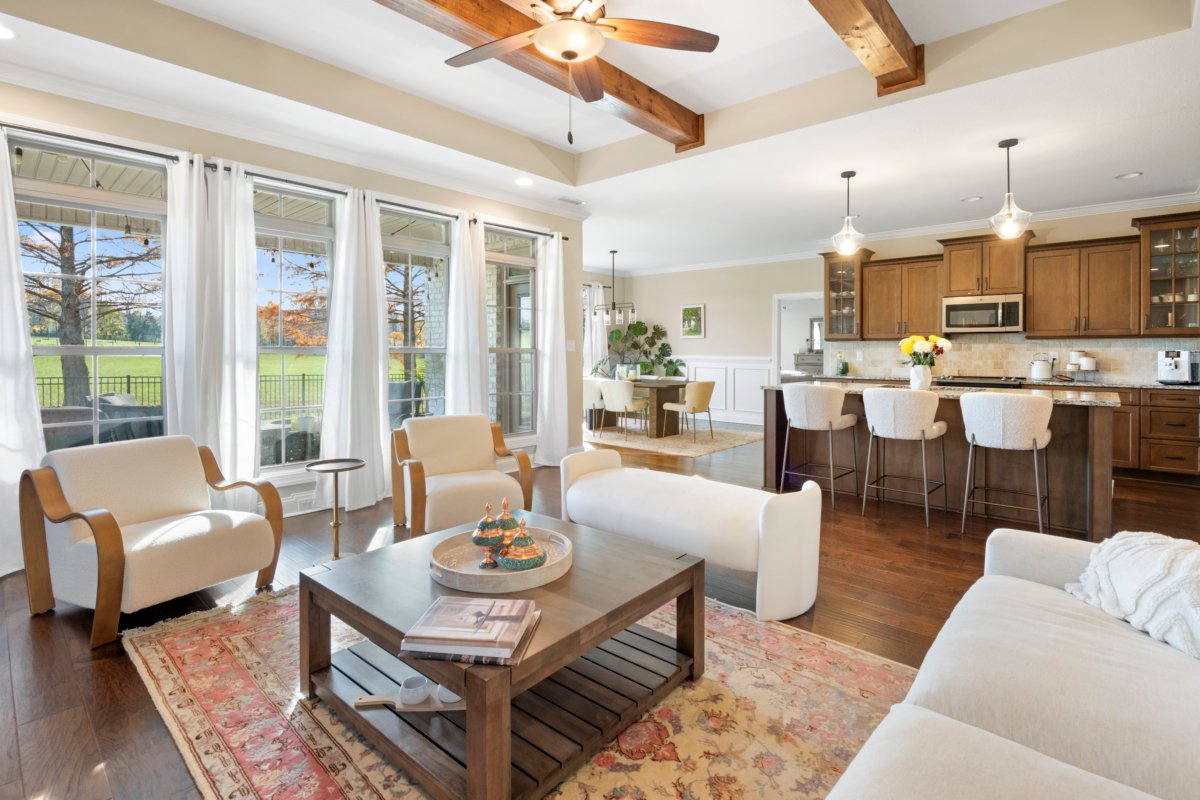
Real Estate Photographers
After capturing the initial photographs, the post-processing stage is crucial for enhancing and refining the images to achieve the desired visual impact.
Optimize Image Quality
Proper image processing techniques can help improve the overall quality and visual appeal of your real estate photographs.
- Adjust Exposure and White Balance: Carefully adjust the exposure and white balance of your images to ensure accurate color representation and proper lighting.
- Correct Distortion and Perspective: Use editing software to correct any lens distortion or perspective issues that may have occurred during the shooting process.
- Sharpen and Enhance Details: Apply selective sharpening and detail enhancement to draw attention to the property’s key features and architectural elements.
Enhance Visual Aesthetics
Beyond basic image quality adjustments, post-processing can also be used to enhance the visual aesthetics of your real estate photographs.
- Adjust Tonal Contrast: Selectively adjust the tonal contrast of your images to create a more visually striking and impactful presentation.
- Utilize Selective Color Adjustments: Make targeted color adjustments to specific elements of the image, such as enhancing the vibrancy of greenery or the warmth of wood tones.
- Apply Subtle Retouching: Carefully retouch and remove any distracting elements or blemishes in the image, without overdoing it and creating an artificial appearance.
Maintain Consistency and Branding
Consistency in your post-processing approach is crucial for creating a cohesive and professional-looking real estate photography portfolio.
- Develop a Consistent Editing Style: Establish a consistent editing style and workflow that can be applied across all of your real estate photography projects.
- Incorporate Branding Elements: Consider incorporating subtle branding elements, such as watermarks or custom borders, to help reinforce your professional identity and distinguish your work from others.
- Export for Optimal Viewing: Ensure that your final images are exported in the appropriate file format and resolution for optimal online and offline viewing, taking into account the specific requirements of real estate marketing and advertising.
Conclusion
Real estate photography is a specialized field that requires a unique set of skills and techniques to capture the essence of a property. By mastering lighting techniques, composition and framing, outdoor photography, interior photography, and post-processing, real estate photographers can create stunning and captivating property photos that help showcase a property’s best features and appeal to potential buyers.
Remember, the key to success in real estate photography is to continuously hone your skills, experiment with new techniques, and stay up-to-date with industry trends and best practices. By following these five tips and staying dedicated to your craft, you can elevate your real estate photography and help your clients achieve their marketing and sales goals.
Contact me for the best real estate photo editing service.



